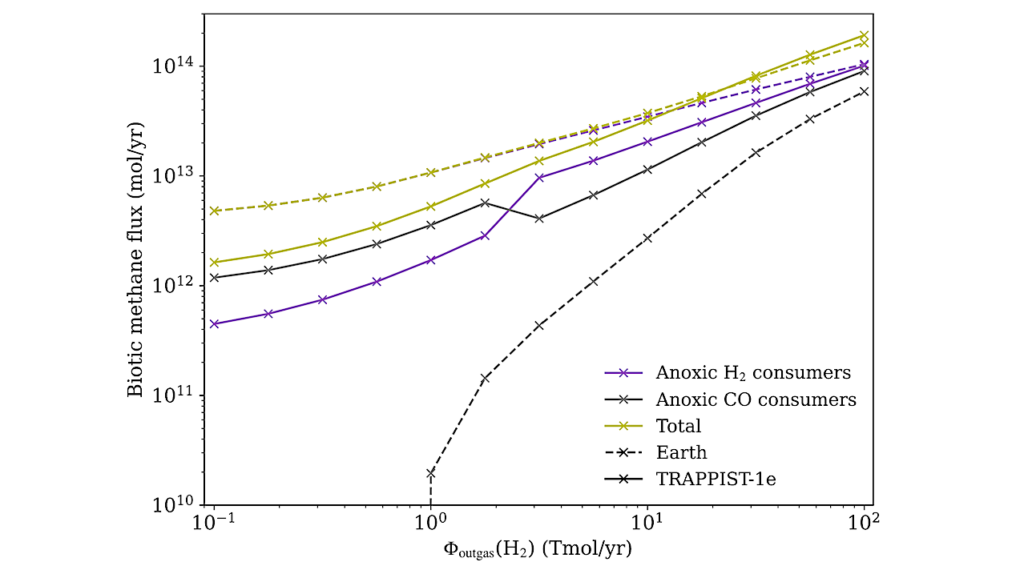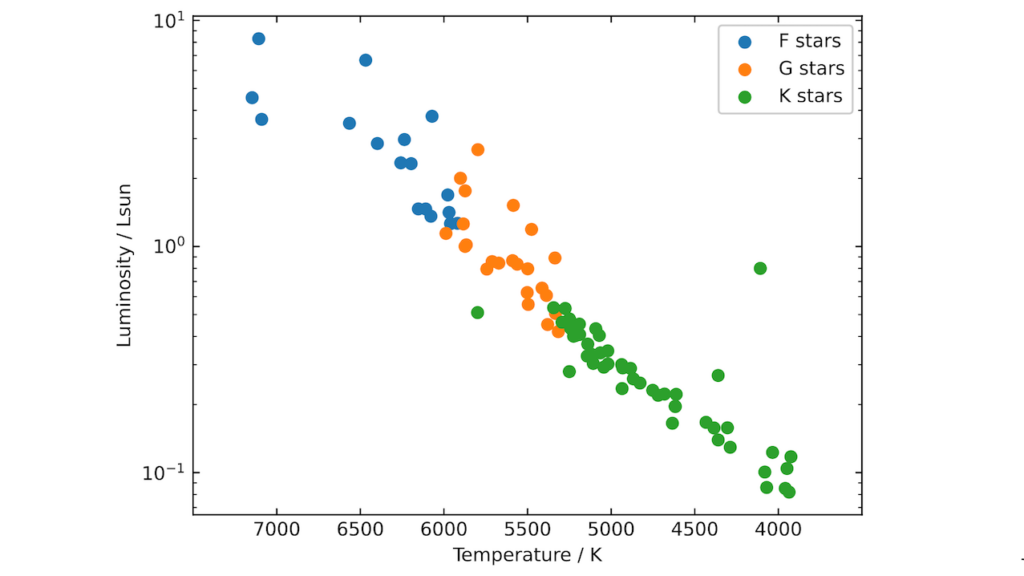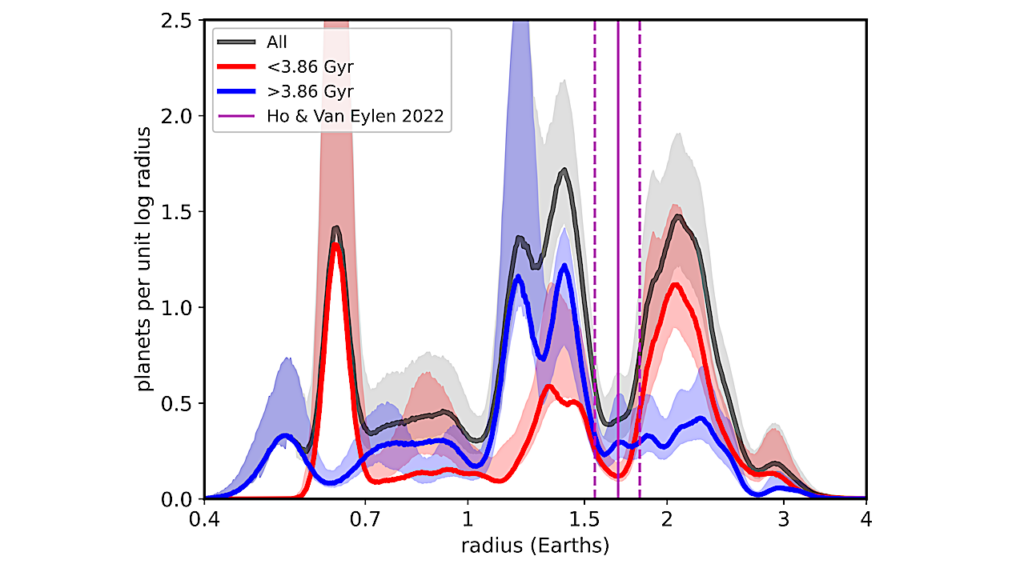Pandora: A Fast Open-source Exomoon Transit Detection Algorithm

We present Pandora, a new software to model, detect, and characterize transits of extrasolar planets with moons in stellar photometric time series.
Pandora uses an analytical description of the transit light curve for both the planet and the moon in front of a star with atmospheric limb darkening and it covers all cases of mutual planet-moon eclipses during transit. The orbital motion of the star-planet-moon system is computed with a high accuracy as a nested Keplerian problem. We have optimized Pandora for computational speed to make it suitable for large-scale exomoon searches in the new era of space-based high-accuracy surveys.
We demonstrate the usability of Pandora for exomoon searches by first simulating a light curve with four transits of a hypothetical Jupiter with a giant Neptune-sized exomoon in a one-year orbit around a Sun-like star. The 10 min cadence of the data matches that of the upcoming PLATO mission and the noise of 100 parts per million is dominated by photon noise, assuming a photometrically quiet, mV=11 Sun-like star for practicality.
We recovered the simulated system parameters with the UltraNest Bayesian inference package. The run-time of this search is about five hours on a standard computer. Pandora is the first photodynamical open-source exomoon transit detection algorithm, implemented fully in the Python programming language and available for the community to join the search for exomoons.
Michael Hippke, René Heller
Comments: A&A in press
Subjects: Earth and Planetary Astrophysics (astro-ph.EP); Instrumentation and Methods for Astrophysics (astro-ph.IM)
Cite as: arXiv:2205.09410 [astro-ph.EP] (or arXiv:2205.09410v1 [astro-ph.EP] for this version)
Related DOI:
https://doi.org/10.1051/0004-6361/202243129
Focus to learn more
Submission history
From: Michael Hippke
[v1] Thu, 19 May 2022 09:18:27 UTC (7,048 KB)
https://arxiv.org/abs/2205.09410
Astrobiology, Avatar








